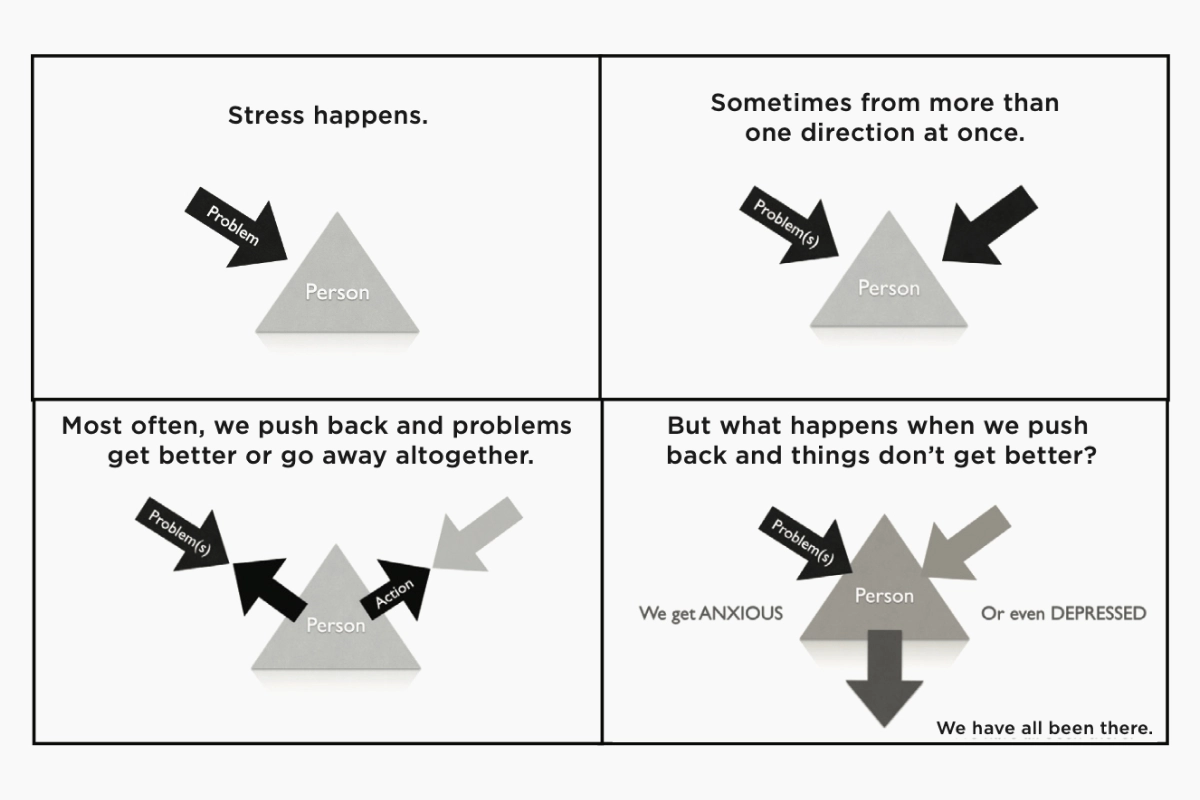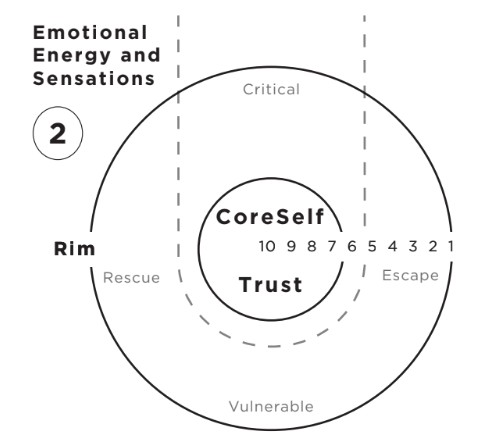NBTs: A New Class of Tools for Self-Awareness Between Sessions

How Navigational Behavioral Tools (NBTs) help you find clarity when therapy, coaching—or even AI—isn’t present.
Imagine this: You’ve just had a powerful moment with a therapist, coach, or even an AI assistant. Something clicked. You felt understood, clear, maybe even ready for action.
Then… life resumes.
Stress creeps in. A decision looms. A conversation goes sideways.
And suddenly, clarity feels like it was hours—or years—ago.
Most people either power through or spiral inward, unsure what to reach for when they’re no longer in a session and no longer sure what to do next.
What if there was a tool designed for exactly this moment?
Introducing NBTs: Navigational Behavioral Tools
NBTs are a new class of self-awareness tools designed to help you observe, orient, and choose—especially when you’re stuck in swirl or stuck in silence.
Unlike therapy (which often requires a professional) or meditation (which may lack structure), NBTs sit in the middle:
- Structured enough to guide you
- Accessible enough to use on your own
- Flexible enough to complement therapy, coaching, journaling, or AI reflection
They don’t diagnose. They don’t analyze.
They help you navigate.
The CoreSelf Framework: An NBT for Everyday Clarity
Developed by CoreSelf co-creators Tim Preston and Jonathan Thomas, this framework includes three integrated tools:
CoreSelf Mapping (CSM)
Ask:
Where am I right now?
Where do I want to be?

Using a 1–10 Emotion-to-Energy scale, you locate yourself between the Rim (low energy, high tension) and the Core (high energy, low tension). This scale bypasses judgment and gives you a fast, values-centered checkpoint—similar to affect labeling in emotion regulation studies (Lieberman et al., 2007).
You don’t need to name every feeling. Just notice your location on the map—and whether you want to move closer to calm, clarity, or action.
CoreSelf Positioning (CSP)
Once individuals map their own positions, CSP helps teams, partners, or groups align.
It begins with:
Where are we?
Where do we want to be?
This framework supports what Brené Brown calls “clear is kind” communication. It gives people a literal and shared “Same Page” to name values and needs—without pressure to agree, only to understand.
CoreSelf Journaling (CSJ)
A daily 5-minute check-in using the 4S format:
- Situation
- Strengths
- Struggles
- Strategies
Paired with a 1505 rhythm (15 seconds to pause, 5 minutes to reflect), CSJ builds consistency and strengthens what Stanford’s Dr. James Doty calls the “compassionate observer”—your ability to notice without judgment and act with intentionality.
Between Sessions and Beyond: AI as a Mirror, Not a Compass
Psychology Today readers are increasingly engaging AI to help organize thoughts or reflect back emotional patterns. But as psychologist and author Lisa Feldman Barrett reminds us, emotions are constructed, not fixed. What matters is the story we tell ourselves about the emotion.
That’s where AI can reflect—but not decide.
CoreSelf tools activate your internal compass, and AI can serve as a neutral, tireless mirror. Together, they create what cognitive scientists call a feedback loop of coherence: a cycle where your values, emotions, and environment are integrated—not at war.
Try It Now
Think of one situation that’s been bothering you.
Ask yourself:
- Where am I right now (emotionally, practically, mentally)?
- Where would I rather be—internally or externally?
- Rate yourself on a 1–10 scale: Are you near the rim or closer to the core?
Just noticing the gap is enough to re-engage your Internal Observer.
You don’t need to fix everything.
You just need to ask better questions—honestly, gently, and often.
Final Thought
In a world full of answers, what we really need are better ways to pause and ask.
Navigational Behavioral Tools won’t do the work for you. But they’ll help you face the swirl with steadiness—and walk toward what matters.
References:
- Barrett, L. F. (2017). How Emotions Are Made. Houghton Mifflin Harcourt.
- Lieberman, M. D., et al. (2007). Putting feelings into words: Affect labeling disrupts amygdala activity. Psychological Science, 18(5), 421–428.
- Brown, B. (2018). Dare to Lead. Random House.
- Doty, J. (2016). Into the Magic Shop. Avery.
- Preston, T., & Thomas, J. (2025). CoreSelf Positioning: Getting on the Same Page, Literally. Amplify Publishing.
Attribution
Where an outer challenge meets an inner power—and that inner drive meets an external resource like AI—clarity becomes action. This article was shaped through lived experience, original insight, and AI-supported flow.
About the Authors
Jonathan Thomas, MSW
Whether at the potter's wheel, coaching medical professionals and teams, or in his private counseling practice, Jonathan Thomas has spent his life molding, shaping and creating something beautiful and new.
Tim Preston
As a successful serial-entrepreneur and angel investor, Tim Preston has spent the majority of his life learning, overcoming, and creating, from blank pieces of paper: self, spaces, teams, and businesses.
Together, Jonathan and Tim founded Simple. Not Easy., LLC, a company that developed CoreSelf Positioning™ tools to help companies and individuals to slow down and align energy levels, values, and actions in order to formulate their best next steps.
Learn more about Jonathan, Tim & CoreSelf Positioning.